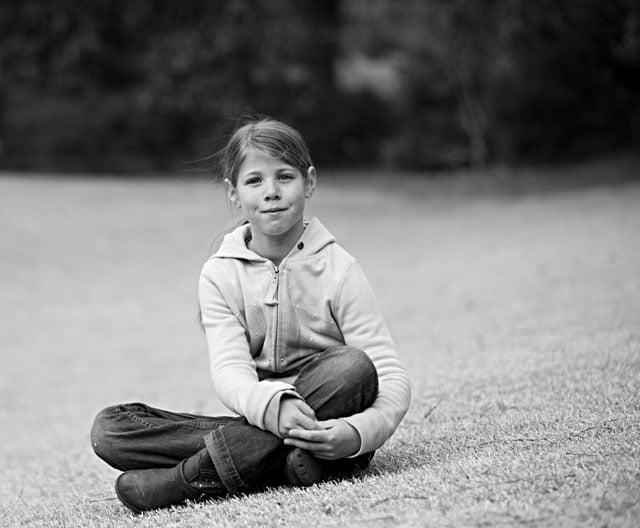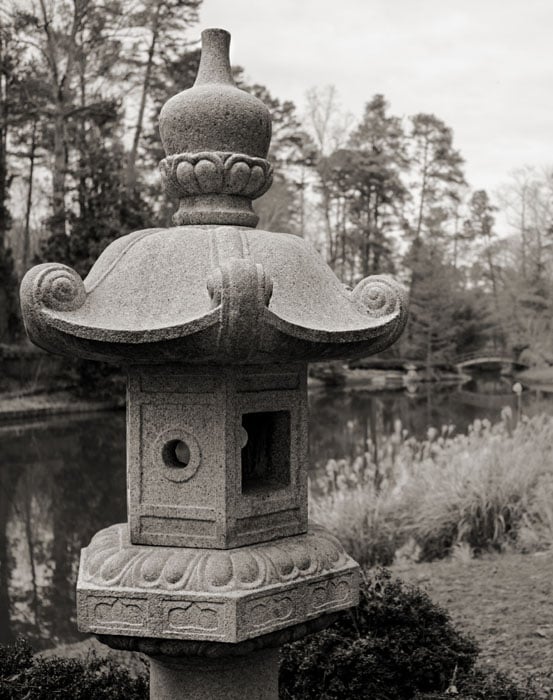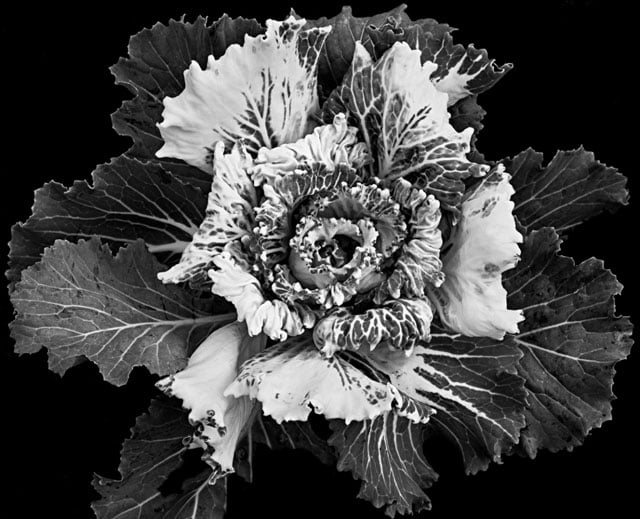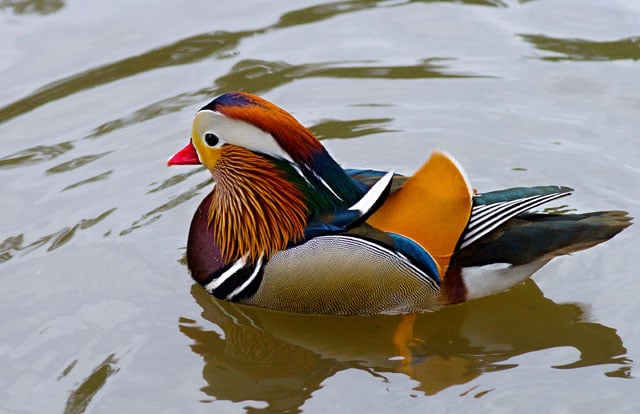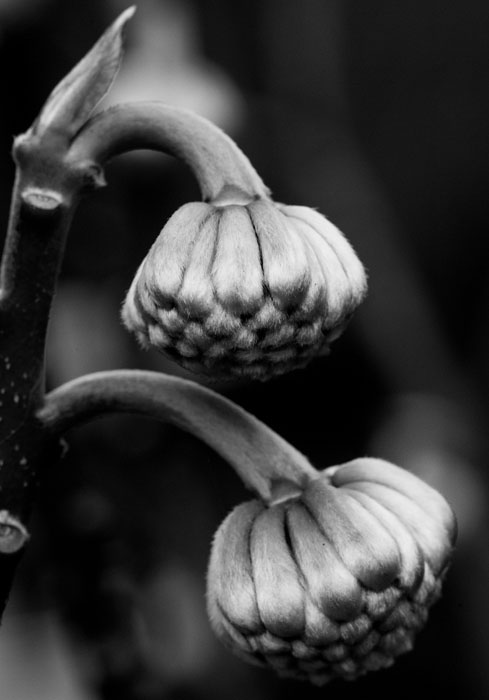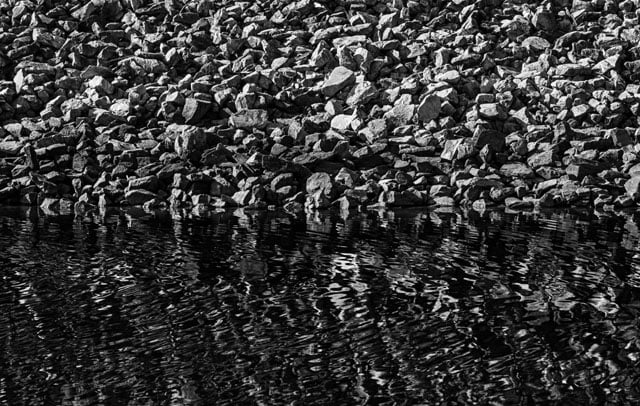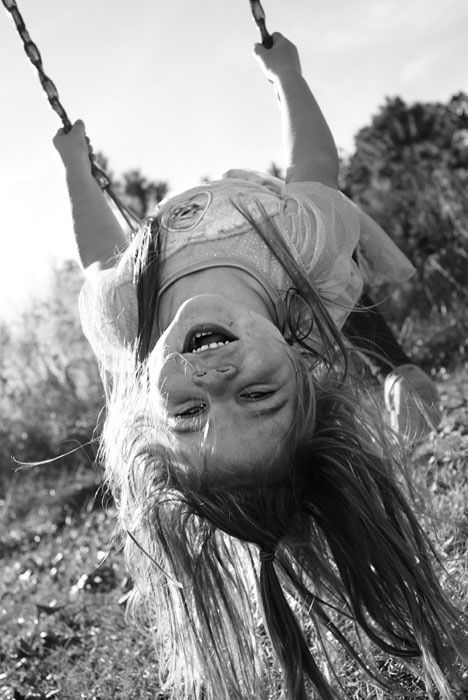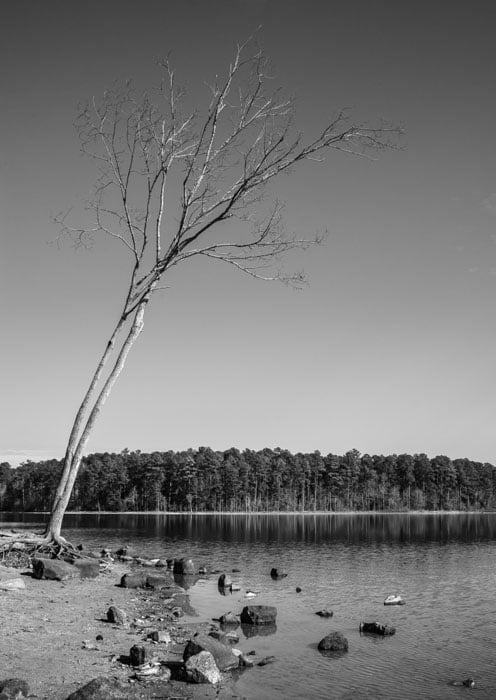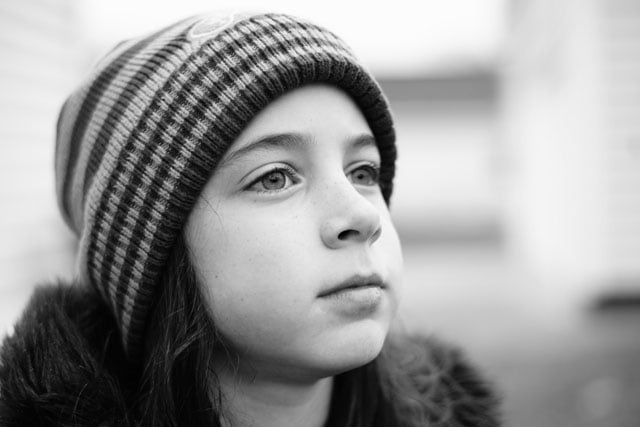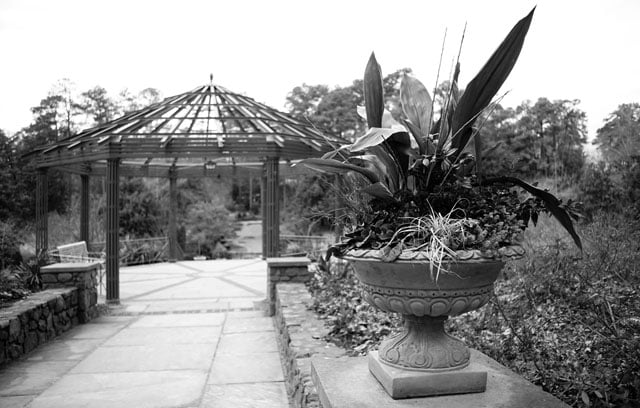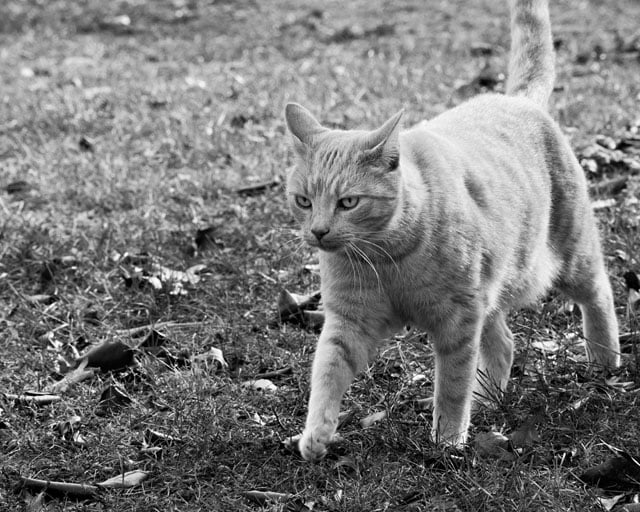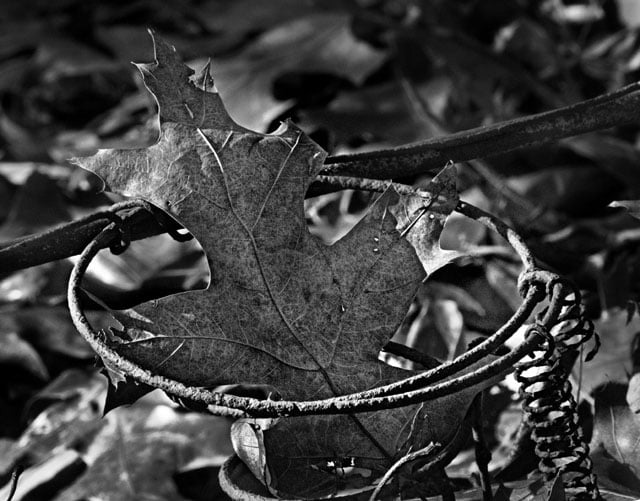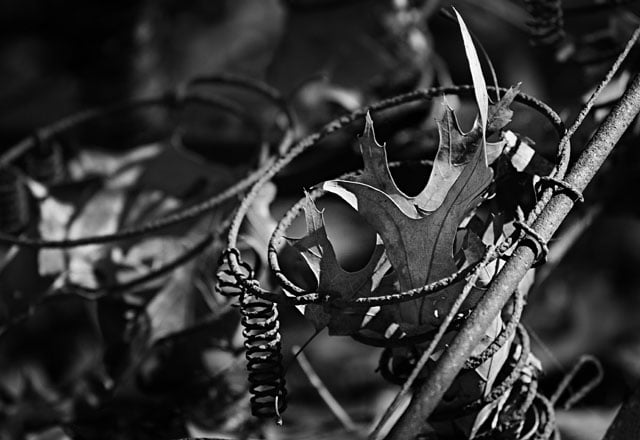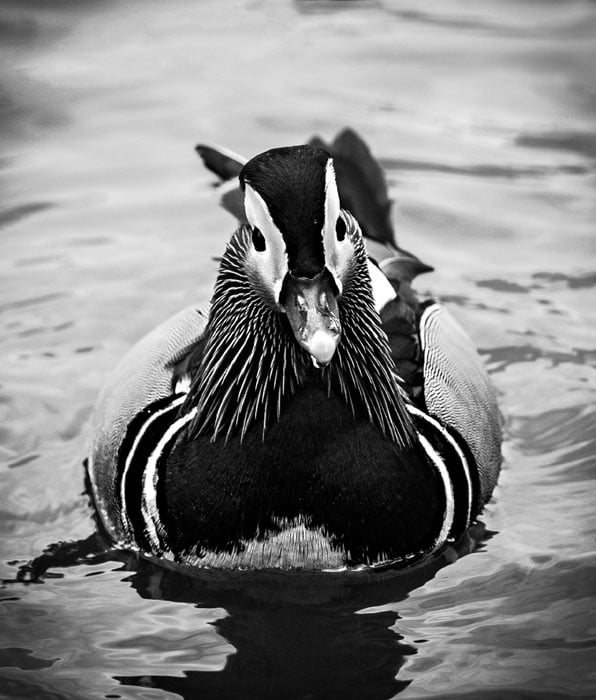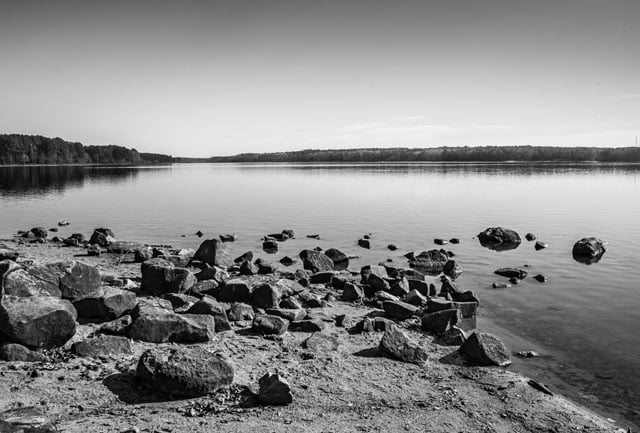See also The Best Macro Lens
My biggest source of support for this free website is when you use those or any of these links when you get anything, regardless of the country in which you live — but I receive nothing
for my efforts if you buy elsewhere. I'm not NPR; I get no government
hand-outs and run no pledge drives to support my research, so please
always use any of these links for the best prices and service whenever you get anything. Thanks for helping me help you! Ken.February 2014 Better Pictures Nikon Canon Fuji LEICA All Reviews
Best Macro Lenses
Introduction top
|
Adorama pays top dollar for your used gear.
|
Back in 1999, there were no practical DSLRs (the world's first 2.7 megapixel Nikon D1
didn't ship until Christmas 1999 — for a bargain $5,000!), compact
cameras were crummy and the iPhone was still almost ten years away in
the future. If you were serious about great closeup photos in 1999 when I
started this website, you needed a 35mm or larger SLR and very
specialized macro lenses.
It's not 1999 anymore. Today, even the cheapest DSLRs come with kit lenses that already get very close, compact digital cameras almost always have macro modes that get within about an inch of the lens, and even the iPhone 5 gets super-close all by itself.
Want great close-up shots? Just be sure to wait a
moment for your camera or iPhone to focus, and even the iPhone works
great for super close-ups:
Only if you are really serious about your macro work or need to get closer than these shots do you need anything fancier.
If you want to get closer, don't even bother with 50mm or 105mm macro lenses; skip all the way to the Canon 180mm Macro or the Nikon 200mm Macro lenses. Here's why:
Distance
Macro photos are often thought of as close-ups,
but as macro pros know all too well, you don't really want to get too
close trying to do it.
If you get the camera too close, you:
1.) Get in the way of your own lighting.
2.) Annoy live subjects like bugs.
and
3.) Show the subject in an unnatural perspective,
since we'd never really be that close when looking at it ourselves. For
instance, in the iPhone shot above from a few inches (10 cm) away, my
watch looks much bigger than my wrist because it's so much closer to the
lens than my wrist. This isn't natural — do you really think my watch
face is as wide as my wrist?
Therefore, we want a longer lens for macro photography, not a 50mm, 55mm or 60mm lens.
Lens Choices (see also Best Macro Lenses)
Lens Sharpness
Guess what: it doesn't matter!
While some macro lenses may be sharper than others
for regular photography, as you'll learn below, there is no
depth-of-field at macro distances so nothing is in perfect focus anyway.
No matter how sharp your lens, it won't matter because nothing will be
in perfect enough focus to notice.
Since you'll be shooting at around f/32 to try to get at least one tiny swath in focus, diffraction is the limiting factor regardless of lens.
50mm Lenses
50mm macro lenses are useless for serious macro work except for copying slides, stamps and other flat artwork.
Any flatbed scanner does a better, faster and easier job for photographing anything small and flat.
50mm, 55mm and 60mm macro lenses are foolish for serious macro use precisely because you have to get too close, so we'll pass on the 50-60mm range.

Nikon 60mm f/2.8 G at closest focus distance: too close to be useful.
By the time we get close enough for a big enough
image with a 60mm macro, there are only inches between the end of our
lens and our subject. We can't light the subject, it gets annoyed, and
it looks funny.
100mm and 105mm Lenses
Ideally we want at least a 100mm macro lens so
that we can be far enough away so we don't annoy the bugs, are able to
light our subject, and for them to be seen from a reasonably normal
perspective.
We are used to seeing everything from at least a
foot or two away (50 cm). Our eyes aren't comfortable — or can't — focus
closer than about a foot (30 cm), so macro photos made closer than this
give unnatural perspectives. Be they bugs or products,
three-dimensional objects look weirder than they should when shot from a
only foot away.
Only at least a 100mm lens lets us get far enough away, and still have enough magnification for our macro shots.
180mm and 200mm Lenses
Macro pros all use 180mm or 200mm macro lenses precisely so we can get far enough away, and still get close enough.
With a 200mm macro, you'll have a foot or two of
clearance ("working distance") between the lens and your subject, so
you'll be able to light it well, and its perspective won't be all
screwed up.
Paying attention? With my favorite Nikon 200mm f/4 AF-D,
I still have less than 11 inches (260mm) between the front of my lens
and my subject at its closest focus distance. For most subjects I shoot a
few inches to a foot (10-30 cm) wide, I can stand a couple of feet away
to have enough breathing room. Whew! This is why we need 200mm macro
lenses.
Magnification
and Reproduction Ratios
Magnification
ratios, the same as reproduction ratios, are the ratio between the
size of your subject and the size of the image at the sensor or film.
Of course when displayed or printed there is even more magnification.
Most
macro lenses have the reproduction ratios engraved on the focusing
scale. This is handy for forensic and scientific work.
Definitions
Macro is defined as photos
which are made between 1/10 life size and life size — at the
sensor. The resulting prints will be even bigger depending on the size
of the print.
Normal photography
is defined as less than 1/10 life size at the sensor, and microphotography
is defined as greater than life size. Don't worry about
this, since even these terms are defined differently by different
people. For instance, Nikon, who also makes many microscopes, refers
to their macro lenses as "micro" lenses.
Focus Modes
Serious macro work is shot in manual focus because it's faster and easier.
Unless your subject is flat, in which case a scanner
is a much better idea than a camera, autofocus gets lost and has no
idea on what to focus when you're up close to a real three-dimensional
subject.
Therefore, it doesn't matter if you use an auto-
or manual-focus lens! You'll set your AF to manual anyway, so don't
presume you have to buy a new AF lens when a used manual-focus Nikon
lens will work exactly as well — and save you a lot of money.
Hand motion alone
changes camera distance so much and so quickly that it drives any AF
system crazy.
I
sometimes focus my lens and then focus by moving the camera back and forth.
This keeps framing
constant. Small variations in your position become huge variations
in image size, so fixing the focus and moving the camera keeps
this stable.
Apertures and Depth
of Field
There
is no depth of field at macro distances.
Because there is no depth-of-field when you're this close, shoot everything at about f/32.
Try to orient your subjects
so they lie in the plane of focus. For instance, you
have to snap butterflies when their wings are lying flat. If
you can do this you can get the entire bug sharp, otherwise you get
an amateur looking photo.
With bugs, pro macro shooters spend a lot of time
trying to get the wings to lie perfectly flat, because even at f/32,
they'll be out of focus if they move a millimeter (1/32") up or down
from the plane of focus.
Shoot at larger than f/32 and you'll get too little in focus, and shoot smaller and you'll start to loose sharpness from diffraction. f/22 to f/45 are all you'll ever need.
Image Stabilization and VR
Image stabilization and VR
are useless with live subjects like flowers, bugs and animals which are
always moving. VR and IS can only counteract camera motion, not subject
motion.
VR and IS might help when using a macro lens as a
general-purpose telephoto, but are of no help for close-in macro
shooting because they usually aren't calibrated to work at macro
distances anyway, and when shooting at f/32, your exposures would be way
too long to hand-hold even with IS or VR.
VR and IS only work in two axes, or three axes in a
camera maker's dreams. Even three-axis VR or IS can't do anything to
help prevent camera motion forwards and back. When we're focused at
close macro distances, a millimeter (1/32") of motion will ruin a
hand-held macro photo.
Therefore, when shooting serious macro, you don't
need to worry about getting a lens with VR or IS. It's just a marketing
tactic to sell newer and more expensive lenses. I do this for a living,
and use my non-VR Nikon 200mm f/4 AF-D every day.
Lighting
This
is easy: use flash!
Flash lets you easily shoot at f/32 and stops
any action or camera motion. Available light is asking for trouble,
since you'll be shooting at larger apertures eliminating any of what
little depth of field you might have, or will lead you to perilously
long exposures at smaller apertures.
Most
bug photographers use two flashes mounted on opposite sides of the
lens. I use a Lepp Bracket which holds two flashes, one on each side
of the camera. This becomes a clumsy contraption with the flashes and
sync cables.
An
elegant solution for bugs is Nikon's R1C1 system
shown at the top of the page. It uses special small flashes
which screw into the front of your lens. It also eliminates all the
wires. It may pay for itself in convenience, light
weight and simplicity for bug and flower shots.
I
have not used ring lights. The off-brand one I tried had too little
power, and the overall lighting was duller from the complete ring
than the two-point lighting from two discrete flashes. If the light gets too soft, you won't see surface texture.
Personally, my macro work is product photography, and for that, I use plug-in-the-wall studio strobes.
A set of real studio strobes costs about the same as buying a bunch of
battery-powered flashes, but has far more power and flexibility to add
umbrellas and light modifiers easily. Studio strobes are made to sit on
light stands, while battery powered flashes require a lot of fiddling to
get them to stay put on light stands. See Product Photography for more.
Bigger than Life Size
You
can add extension
tubes or bellows between
your lens and camera body. I always focus manually, so these
extensions being manual focus only is no bother.
Close up lenses don't help much with today's lenses, since they already get so close.
You
also can use teleconverters, which will let even the oldest
macro lenses get to life size, and all macro lenses today to twice
life-size, at the sensor. I used to add my TC-200 to
my 105
AF Micro before I got a 200mm macro. Of course my TC-200 is manual focus,
not a problem since I focus manually in macro anyway.
Canon makes a very special 65mm f/2.8 closeup-only lens which works between life size and five-times life size. It sold for $830 in 2005, and $950 in 2013.
The bug and raindrop guys love these, too, but it's not going to replace a regular macro lens for general use.
Exposure
I
manually set the camera to f/32 for depth of field and set the shutter
to the flash sync speed (1/125 to 1/500 depending on your camera) to
eliminate ambient light.
I use the TTL flash system to let the flash
control itself
for perfect exposure as I vary distance, except when I use my
manual studio strobes, for which I simply look at the results on my LCD
and adjust accordingly.
Bellows
Factors
In
the old days we spent a lot of time worrying about exposure variations
as we got closer. This is because the lens moves away from the film
or sensor as you get closer and reduces the effective aperture. The effective
aperture reduces by two stops at life size!
Today
the Nikon cameras automatically correct the aperture of the macro
lenses to give the same effective f/stop as you get closer. Of
course your f/2.8 lens is only an f/5.6 lens at life size, but at
f/32 you won't even notice this. Remember macro lenses are
only used at full aperture for focusing and framing, not shooting.
Don't worry; your TTL exposure system reads right through all this automatically.
Camera Support
I always hand hold.
The flash
freezes any motion for perfect sharpness so there's no need for a
tripod.
If
using a tripod you'll need a geared positional mount which
allows you to shift the entire camera left and right or forward and
back to get the precise framing you need. It's almost impossible to
lift and move a tripod precisely by the fractions of an inch needed in macro
work.
Other Formats
Physics
makes this easier as the sensor or film gets smaller. As film gets
bigger the depth of field collapses to nothing, and the f/stops are
approaching pinholes and eliminating resolution due to diffraction
and making lighting impossible.
Macro shooting is trivial with point-and-shoot
digital cameras and iPhone, easy with digital and 35 mm SLRs,
doable with medium format cameras and next to impossible with 4 x 5" cameras.
Compact Digital Cameras
Most point and shoot digital cameras have built-in macro
modes which let you get as close as an inch.
These
cameras focus most closely at the widest zoom setting, where you usually get a
lot of barrel distortion which curves out straight lines along the sides
of the image. Try zooming them in a bit towards tele, and expect
that they usually can't get quite as close at the tele setting. You have
to find the best zoom setting for each camera.
The distortion is usually easy to fix
in Photoshop, but you can't fix the weird point of view you get from shooting too close with a wide lens.
Zoom as long as you can and get as far away as you can to frame the photo you need.
Medium Format
Use an SLR
like the Hasselblad or Contax 645. Not only can you
focus close enough and get dedicated macro lenses, the SLR viewing
lets you see what you're getting and make exposure measurements
through the lens.
SLR
cameras with bellows like the Fuji
GX680 system and old Rollei
SLX are even better because every lens can focus extremely closely.
Large Format
Unless
you're a professional jewelry photographer you'll probably want
to skip this.
It is very tedious because you need to calculate
your bellows factors manually. See a book like Ansel Adams'
"The
Camera" or Steve Simmon's "Using
the View Camera" for the calculations.
I do the calculations once for each lens and mark the factors on
a long strip of paper. I hold the paper to the camera and read off the
correction depending on lens extension. Calumet sells calculator
sticks, which are rulers marked with the factors for different
lenses. Some calculators are viewed through the ground glass
and the factors read off by how many 1 cm graduations they cross.
I told you this got complicated!
You'll
need a lot of light and will probably need a set of studio strobes
like the Novatrons.
Help me help you top
I support my growing family through this website, as crazy as it might seem.The biggest help is when you use any of these links when you get anything, regardless of the country in which you live. It costs you nothing, and is this site's, and thus my family's, biggest source of support. These places have the best prices and service, which is why I've used them since before this website existed. I recommend them all personally.
If you find this page as helpful as a book you might have had to buy or a workshop you may have had to take, feel free to help me continue helping everyone.
If you've gotten your gear through one of my links or helped otherwise, you're family. It's great people like you who allow me to keep adding to this site full-time. Thanks!
If you haven't helped yet, please do, and consider helping me with a gift of $5.00.
As this page is copyrighted and formally registered, it is unlawful to make copies, especially in the form of printouts for personal use. If you wish to make a printout for personal use, you are granted one-time permission only if you PayPal me $5.00 per printout or part thereof. Thank you!
Thanks for reading!








